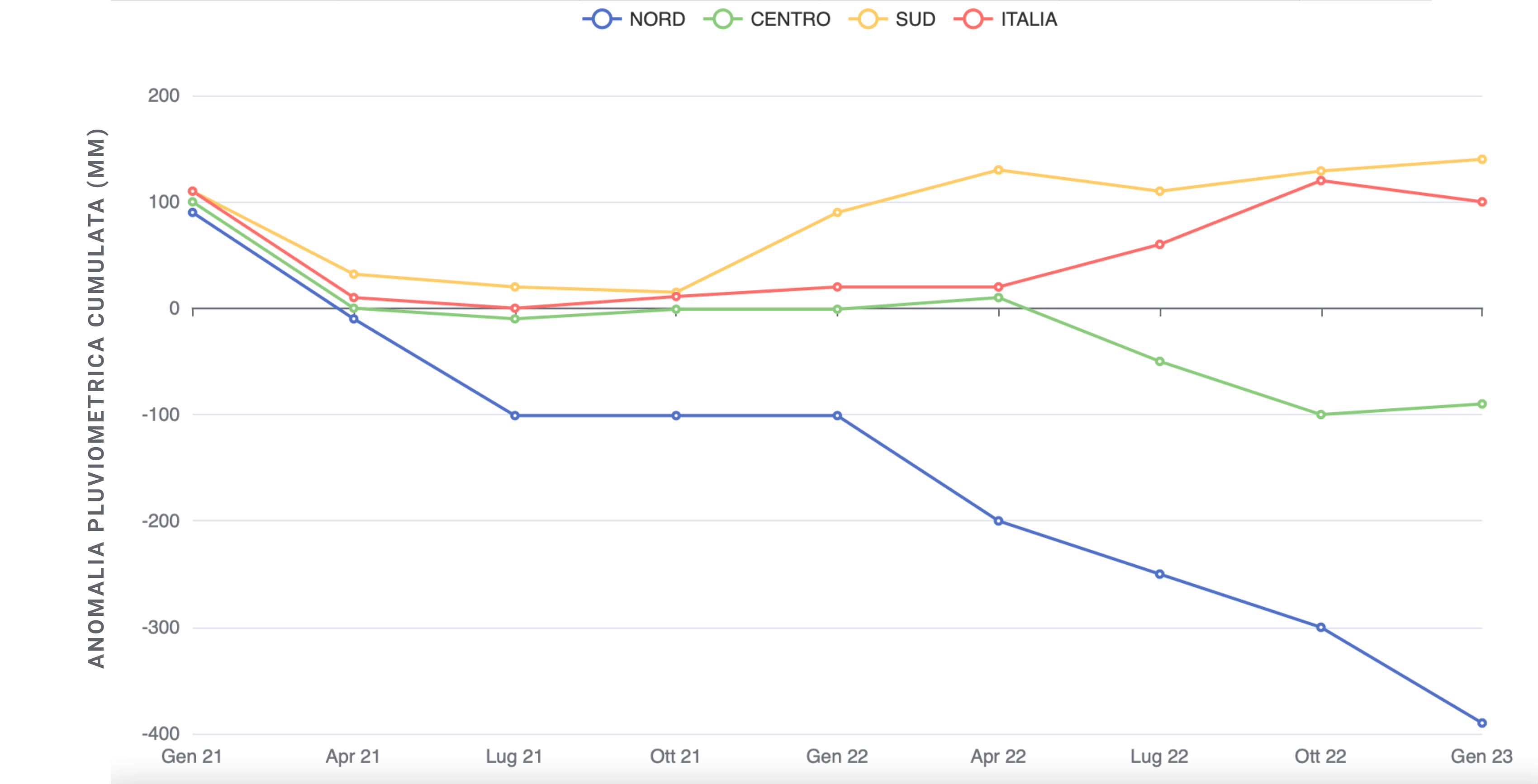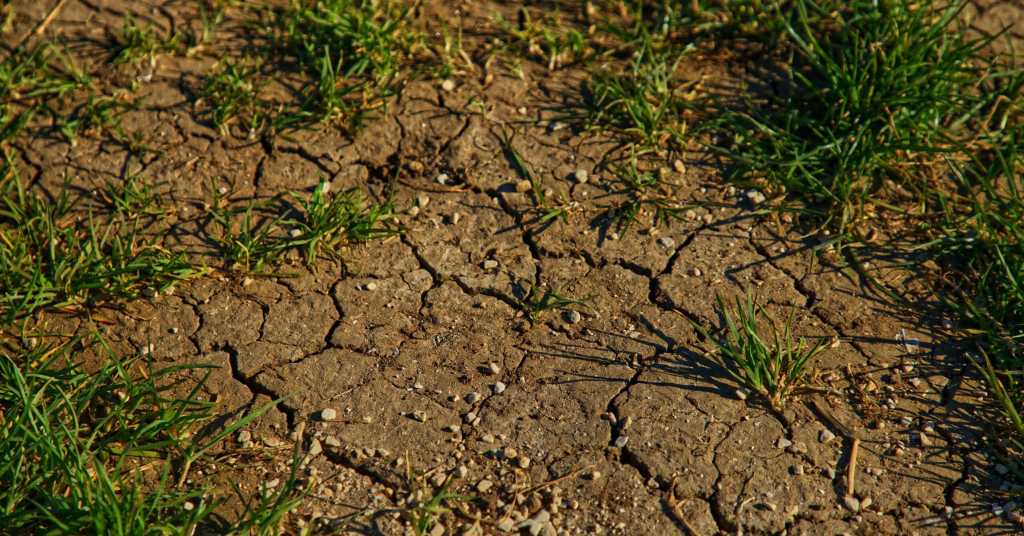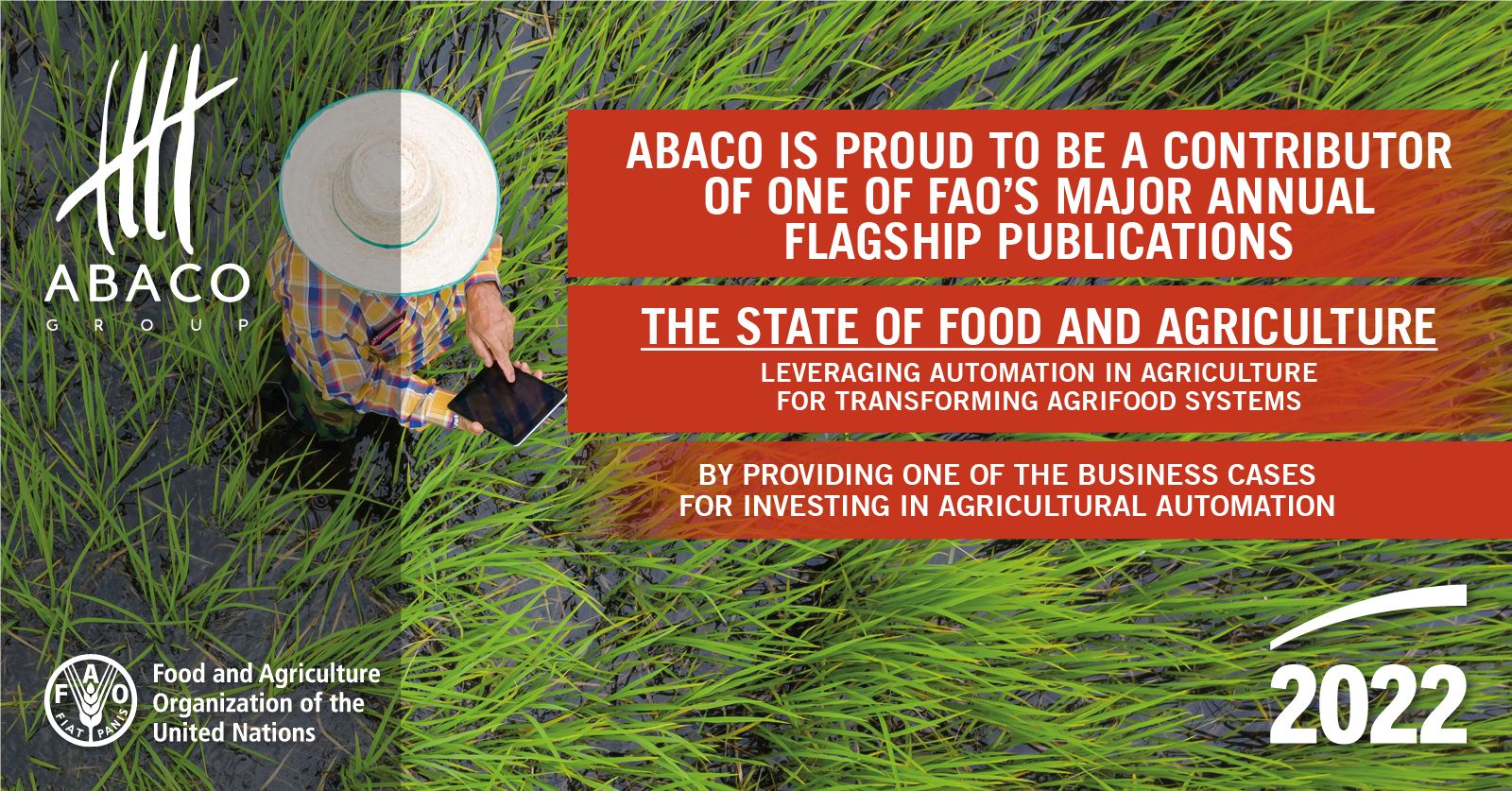To deal with these extreme events technology in agriculture becomes crucial in order to preserve soil productivity and crop quality.
2022 was one of the most damaging summers in the last 500 years due to the level of drought reached in Europe, with devastating repercussions on the agricultural sector that caused losses of 5.6 billion euros to Italian farms, according to various Italian agricultural organisations.
The contrast of droughts and floods seems strange, but are linked by the same underlying cause namely that of climate change which is affecting Italian agricultural by damaging crops and harvests. Production has dropped by 10 percent, marking this the worst year in more than a decade.
The scorching temperatures in June last year, with an average of +2.88 degrees above normal, combined with long months without rainfall, have put a tremendous strain on farmland. Drought-scorched farmland is much less able to absorb the sudden rainfall that in just a few hours can dump such quantities of water as to set off alarms of severe flooding putting crops to the brink.
As an analysis by the European Commission’s Joint Research Center (JRC) shows, production declines recorded in 2022 were 45 percent for corn and fodder, 20 percent for milk, 30 percent for durum wheat , more than 1/5 for soft wheat production, 30 percent for rice, 15 percent for fruit, and 20 percent for mussels and clams-killed by the lack of water replacement in the Po Delta River.
Too much water in a short period of time on the one hand, drought on the other: a trend that may be with us more and more frequently, even summer 2023, when torrid and unstable periods followed by potentially devastating thunderstorms, causing water stagnation and hailstorms, are expected. The north of the country, in particular, will have to deal with a water crisis made even more severe by the very low levels of snowfall recorded in the Alps during winter.

According to the 2022 Italian Institute of Statistics report, the increasingly frequent alternation of droughts and floods is making climate tropical with increasingly devastating impacts forcing us to deal with climate change that is already underway.
Therefore, technology in agriculture becomes crucial to preserve soil productivity and crop quality. Adopting satellite observation systems to collect data, monitor, investigate and quantify adverse climate trends is increasingly a strategic need to reduce risks or at least mitigate the impact of these events. It is not only about optimized resource management in fact, but also about adapt agricultural practices with respect to inconstant weather conditions that put crops and the workforce of an entire sector at risk.
In the coming years, increasingly targeted and monitored resource use will be necessary to ensure enough water supply for agricultural. Precision irrigation and decision-support systems are key to minimizing water consumption, decreasing demand for water, and counteracting periods of increased lack of water to deal with rising temperatures and extreme levels of rainfall.




